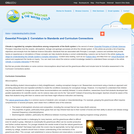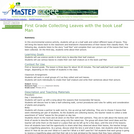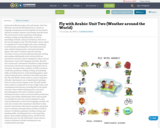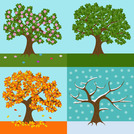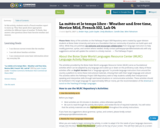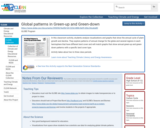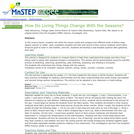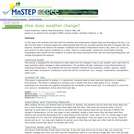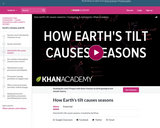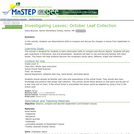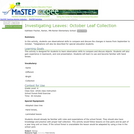
Using a color chart, students will make observations outside during each of the four seasons. During each session, they will try to find as many colors as possible and record what they see. As a class, they will make charts describing the colors they find in each season. At the end of the school year, students will compare their results and generate conclusions about variations in colors in nature both within a season and between different seasons. The purpose of this activity is to provide the opportunity for students to make observations in nature and compare their results, to help students understand seasonal changes as they relate to colors in their environment, and to engage students in active observation and recording skills. After completing this activity, students will understand how colors in nature relate to their local environment and to seasonal changes within that environment. Students will practice observation and recording skills, make comprehensive comparisons, and will form a hypothesis based on the information they have assembled throughout the school year.
- Subject:
- Applied Science
- Ecology
- Environmental Science
- Life Science
- Material Type:
- Activity/Lab
- Diagram/Illustration
- Interactive
- Lesson Plan
- Textbook
- Provider:
- NASA
- Provider Set:
- NASA Wavelength
- Date Added:
- 02/16/2011
